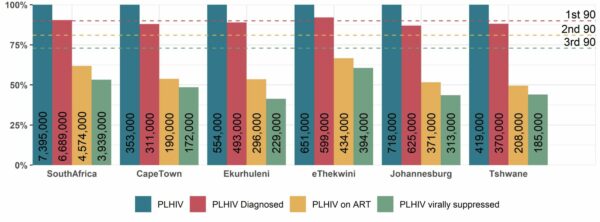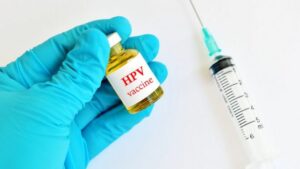For more than twenty years, treatment options have been available that make it possible for most people living with HIV to control viral replication to the extent that they can live a normal, active life with few treatment side effects. For over ten years, these treatments were rationed and restricted to patients with very advanced disease, for fear of over-stretching systems, triggering side effects, and breeding drug resistance. These concerns are no longer seen as reasons to restrict antiretroviral therapy, but merely as issues to monitor and manage. Modelling the many trade-offs involved has been crucial to understanding that early treatment is not only in the best interests of HIV infected patients, but also the best currently available way to reduce their infectiousness. It is now largely understood that the only thing more likely to overwhelm the health care system than opening the doors to treatment for all, is the failure to open those doors. SACEMA was for years at the forefront of this debate. Models were used to indicate the relationships between interventions and their consequences, so that the long term benefits of more treatment could be sensibly weighed against the challenges, costs, and risks.




